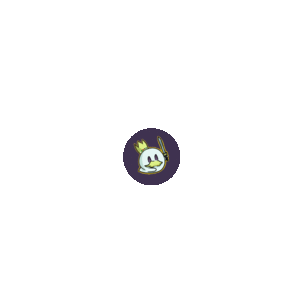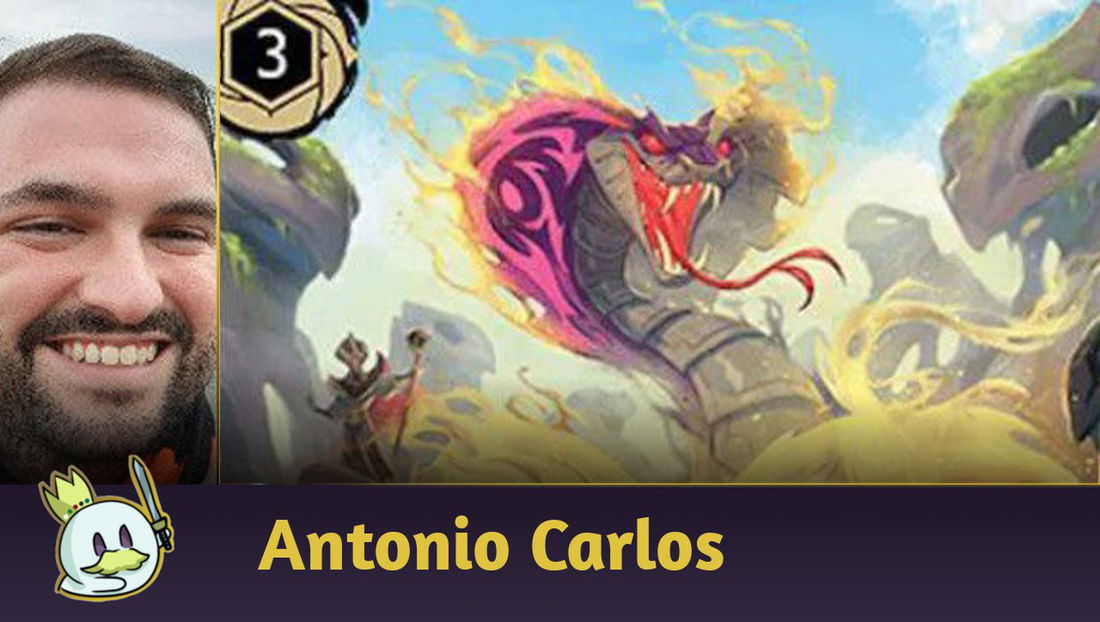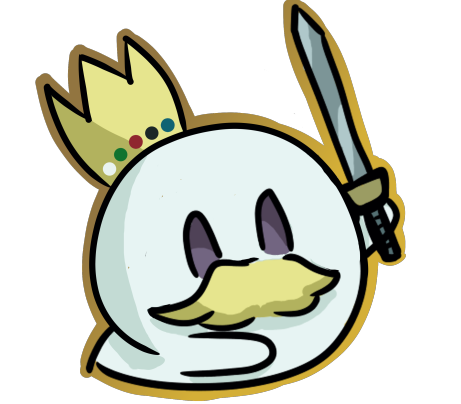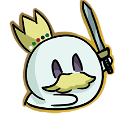Finish it, Flaversham!
Hello, everyone!
On April 8th, the Lorcana community was taken by surprise with a first-time ban announcement for two cards, for the Core Constructed format. In today's article, we'll understand these bans, analyze the clarifications from the game's design team, and think about the next steps for the competitive metagame.
Let's go!
The Bans
A brief recap
As mentioned, this is the first time since the game's reelase in August 2023 that cards have been banned in the Core Constructed format - which, to date, remains the only official constructed format in tournaments.
In July 2024, there was an errata - a change to a card's text, Bucky - Squirrel Squeak Tutor -, but the card itself remains valid for use in tournaments, remembering that for all intents and purposes the official text in the rules is the errata'd text.
Ad
However, on April 8th, the Lorcana's design team opted for bans, that is, the prohibition of use in Core Constructed format tournaments, of the following cards:

In addition to the article presenting the bans, the company responsible for the game, Ravensburger, also issued an official statement from the design team. Lorcana's Head Designer, Steve Warner, was also available to answer questions from the community regarding the bans through a Q&A on the game's official Discord channel.
The bans are effective immediately in regions where the seventh set, Archazia's Island, has already been released. China and Japan, both countries still receiving Lorcana releases in their local language from the first edition onwards, will not have the cards banned yet. Local representatives will inform the respective communities about the appropriate ban schedules.
As for specific explanations:
Hiram Flaversham - Toymaker: The inability to interact with Hiram led to unbalanced play patterns. The player would achieve such a huge card advantage that they would become virtually unstoppable.
In fact, the card advantage granted by Hiram made him basically the best card advantage engine in the game, since just being played would get you two more cards, and each turn he stayed on the board would generate two more. His high willpower made challenge-based removal somewhat ineffective, limiting the colors that could adequately answer him.
Fortisphere: The card's existence caused item decks to focus on the Steel ink, even though items are not aligned with this ink's strengths. Due to its efficiency, the card reduced the diversity and strategy involved in deck building, making game patterns repetitive.
Ad
Fortisphere is a 1-cost item that draws a card just by being played - something that only one other card in the game does, Pawpsicle. The redundancy and consistency that it gave to the Sapphire-Steel ink pair - especially considering the interactions with Belle - Apprentice Inventor - was reflected in the first weeks of tournaments around the world with the release of Archazia’s Island. According to the design team, Sapphire-Steel reached around 50% average meta-share - that is, about half of the players used some version of this ink pair in official tournaments.
Q&A Analysis
In addition to the article and the clarifications published on Lorcana's official website, the game's head designer, Steve Warner, made himself available to the community in a live Q&A held on Discord.
Despite many questions unrelated to bans - many people had questions about the next Disney Challenges, the World Championship, the next major events, and even Lorcana's Judges Program -, for organizational reasons, the head designer's answers were limited to questions about the bans only.
Data used to justify the bans
When asked how the design team came to the conclusion that bans were necessary, given that there have been no official-circuit Lorcana tournaments recently, like a Challenge or Set Championships, Warner explained that the team collects feedback from players, retailers, organizers, and everyone involved in the game. They also look at tournament data - both tabletop and digital, even if unofficial - and that all of that was used to base their decision.
Why ban Fortisphere instead of Pawpsicle?
Warner clarified that the decision to ban Fortisphere, and not Pawpsicle, is tied to the design philosophy behind each ink. Sapphire is an ink that synergizes with items, while Steel is not - therefore, banning a Sapphire item is much more damaging than banning a Steel item, due to the how each interacts with the rest of the ink's card pool.
Ad
Why is the ban immediate, instead of giving time for players to properly adapt their decks?
At the time of the Bucky - Squirrel Squeak Tutor errata, the change was effective approximately a month after the announcement, while this time the ban was effective immediately. When asked about this inconsistency, Warner clarified that bans and errata are fundamentally different, and that by deciding on the ban, the idea was for players to immediately start adapting and building new decks - thus having more time to prepare for the Set Championships.
Why the team opted for a Ban, instead of an Errata or Restriction?
According to Warner, banning a card is preferable to errata - what happened with Bucky was something exceptional, and is unlikely to happen often. Limiting or restricting the number of copies, in his eyes, isn't as effective, since it does not actually solve the problem - finding a copy of the card, under any circumstances, will still put the player far ahead in the game, and being a restricted card would only increase the luck factor of the game.
Is there a Watchlist for possible future bans?
Several people pointed out in the Q&A that the play patterns of other cards could be just as unfun as the banned cards, especially some from the Emerald ink using the hand discard mechanic.
Warner clarified that there is no specific watchlist, and that any and all cards are subject to banning if they become a problem. But he also made it clear that the team is aware of some potentially harmful play patterns, and specifically mentioned the cards Diablo - Devoted Herald, Prince John - Greediest of All, Pawpsicle, Belle - Apprentice Inventor, Tamatoa - Happy as a Clam, and Merlin - Rabbit, since they were brought up by the players - the team understands that these are strong cards, but still do not look on them as problematic because they understand that there are answers and counterplay available within the game's card pool.
Conclusion
Ad
For those that follow competitive events around the world - even if they're not on the official Organized Play circuit -, it was clear that the metagame was somewhat warped by the strong presence of Sapphire-Steel. The data and analyses mentioned by Ravensburger not only agreed on this but also indicated a reduction in tournament attendance - the players themselves were showing dissatisfaction with the state of the metagame.
The decision made by the company, in this regard, was quick and efficient - after nearly a month after the release of the new set, banning two cards that directly affect the two most popular decks in tournaments was certainly not an easy decision.
Despite the dissatisfaction - which is expected, after all, no one likes to see their cards banned -, the truth is that all the reasoning behind the bans makes a lot of sense, and shows a concern with the balance and longevity of Lorcana.
Bans are bad - the statement itself makes that clear - but unfortunately they are necessary when the alternative - doing nothing - is worse. Absolutely every Trading Card Game goes through this moment, and Lorcana would hardly come out unscathed. The ability and quality of the design will tell whether this will happen frequently or not.
And with that, let's enjoy the new metagame and test new ideas!
Hugs and see you next time!







— Comentarios0
Se el primero en comentar